According to the latest StatCounter statistics, iOS devices accounted for 29.24% of the 2021 global market share, following Android counterparts. This proves the growing popularity of these two operating systems and reflects increased demands in their equivalent apps. If you want to learn about developing iOS applications, this article is a good start for you. In this article, we’ll detail important criteria to select the best iOS app development language and elaborate on the top 5 ones in the market today.
5 things that you need to remember before choosing an ios app development language
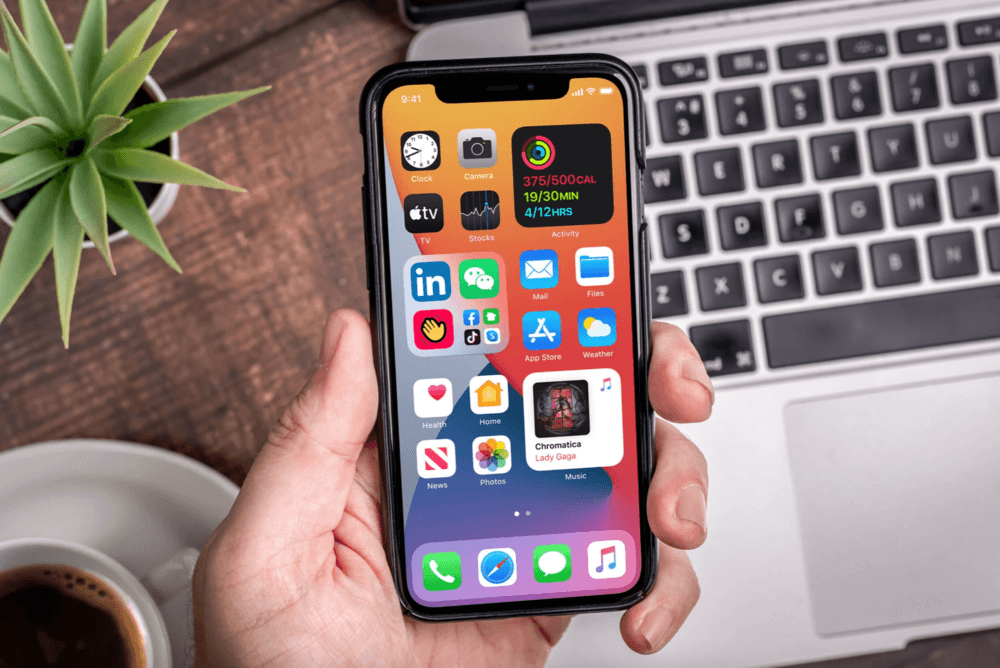
The iOS app development market now is full of programming languages. Each of them has different pros and cons. Therefore, they probably suit different projects in terms of scope, industry, and product owners’ purpose. Picking up the wrong language can make projects more time-consuming and money-wasting, or worse, result in crippling failures. So before finalizing any iOS development language, you should consider 5 elements as follows:
Define the primary purpose
Despite the growing dominance of mobile phones, it doesn’t mean your company needs one. So clarifying the reasons behind your plan to build an app is necessary before you start to find a suitable development partner. To do so, you may ask some basic questions as follows:
- What are your app’s intentions?
- What benefits does your app offer end-users?
- Do your competitors have similar digital solutions?
- Which elements of your app can be distinguished from your rivals’?
Answering these questions may give you a better vision of your future product, accordingly producing a more satisfying app for target customers and planning further development.
Conduct market research
Market research is a crucial step during the app pre-development phase because it makes your company know your target customers better. In particular, deeply researching your customer segmentation can give you a good understanding of their age, geographical locations, nationality and other important factors. You then can tailor a suitable mobile app and proper marketing campaigns. This helps optimize app downloads.
Prepare a detailed plan for your iOS app development
Thoroughly planning your iOS app development will help you go on the right track and easily achieve your goals. To make a detailed plan, you should ponder the following vital criteria:
- Ultimate goals you want to get at the end of each iteration and the whole process;
- Tech stacks best used for iOS app development;
- Essential elements should be included in user interfaces;
- Metrics to measure your app’s success;
- Security issues in your app;
- Whether to build your app in other operating systems;
- Time and budget for the whole process.
Take into account compatibility with multiple iOS versions
Some iOS users decide to uninstall applications just because they don’t support the current version of their devices. For example, the latest version of Google Docs is only for iOS 13 or more, which is inconvenient for those using older variants and hardly updating new ones. Therefore, you should take into account the compatibility of your app with different iOS versions, depending on the target niche. It may be a bit time-consuming but keep more end-users engaged in the app.
Evaluate your internal capabilities to build this app
One thing you should factor in is your internal capabilities to create an iOS app. Normally, the development team often involves iOS developers, UX/UI designers, front-end developers, QA/QC specialists, a project manager and more. Who should be included in a team depends much on the project’s complexity and scope.
To ensure the whole thing works within your estimated budget and time, it’s advisable to select those who have suitable expertise, experience and a good understanding of your industry. If the internal workforce lacks the capabilities to make an app successfully, outsourcing a whole project or augmenting external employees is worth considering.
Top 5 iOS app development language
Building an iOS app isn’t a temporary process, but rather a long-term plan. So, picking up the right iOS app development language in the first place will benefit your intention to maintain existing functionality and build additional features. In this article, you will learn about:
- the most widely used languages for building iOS apps in the market today;
- their advantages and disadvantages;
- when they are best used.
1. React
React (React.js or ReactJS) was first introduced in 2013 by Facebook (currently known as Meta Inc.). It’s an open-source JavaScript library used to build front-end structures of a mobile app, typically user interfaces (UIs). According to the 2021 Stack Overflow survey, React became the most wanted framework by developers.
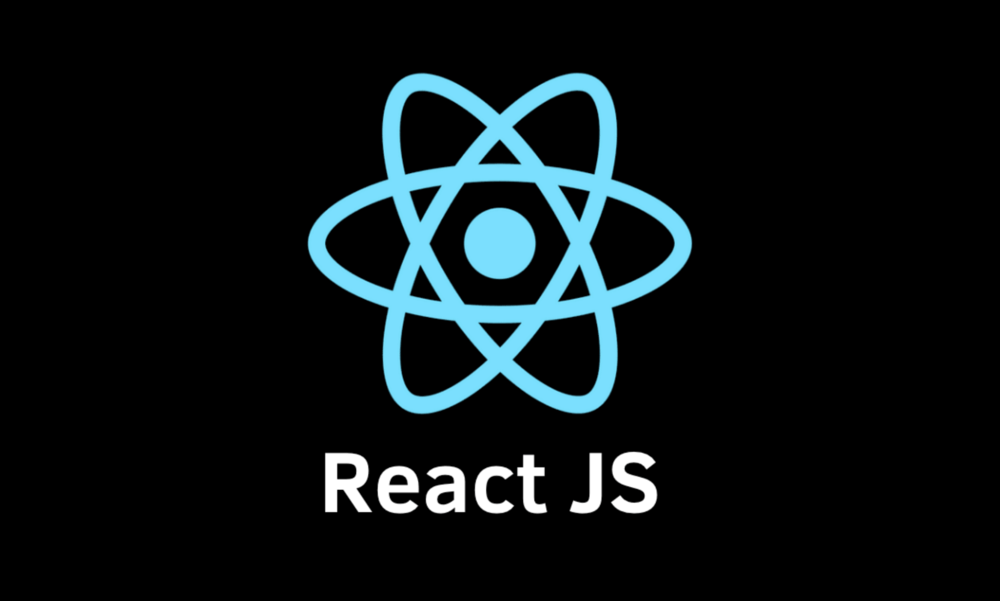
Pros:
- Enable JavaScript front-end developers to learn React easily;
- Facilitate the development of dynamic web apps without any coding requirements;
- Allow components to be reused for later projects, especially complex ones that demand many scripts;
- Provide a virtual DOM to enhance an app’s performance and storage;
- One-direction (or “downward”) data flow that enables stable codes, reduces errors and improves debugging;
- React Hooks API that allows reusable logic between components without modifying a whole component structure;
- Large community support;
- SEO friendliness;
- Ease to debug and test the code.
Cons:
- JSX, a syntax extension that helps developers write HTML in React, is considered difficult to learn for new developers;
- React constantly changes, so requiring developers to continuously update their knowledge and skills;
- Instructional materials and documents rarely catch up with React’s changes and updates.
When to use React:
React is worth considering if your company plans to build cross-platform apps for Android and iOS devices. This technology will save you much time and cost to build such mobile apps.
2. Swift
Swift is a powerful open-source programming language used to develop apps on Apple products (i.e. iPhone, iPad, MacBook, MacTV, and Apple Watch). It’s considered easy to use with concise but expressive syntax and modern features. Swift works with Cocoa (Apple’s native API) and Cocoa Touch (Apple’s UI framework) to build apps. A recent survey showed that 5.1% of global developers use Swift.
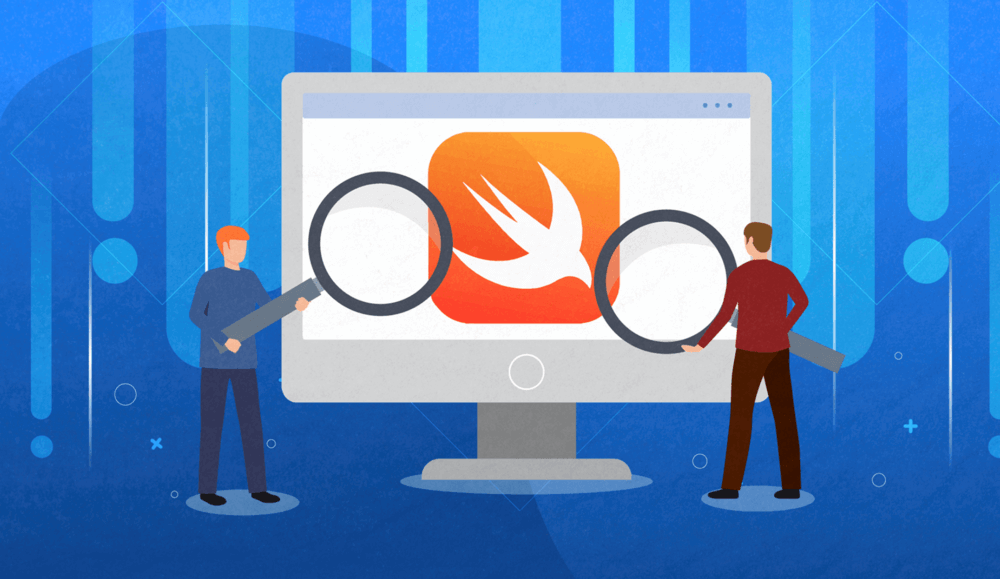
Pros:
- Shallow learning curve;
- Interoperability with Objective-C codes previously built in old Apple products;
- Its use of an Objective-C runtime library to seamlessly integrate Swift, Objective-C, C and C++ code in one app;
- Safety during the app development process because it removes classes of insecure codes and encourages developers to produce clean codes;
- Quick development process;
- Potential to work on the front-end and back-end terminals;
- Great scalability;
- Active open-source communities;
- ARC (Automatic Reference Counting) technology to automatically monitor memory, reduce memory footprint and foster an app’s performance;
- Frequent updates.
Cons:
- A small community compared to Objective-C or Java;
- A limited number of Swift experts;
- Compatibility issues with third-party IDEs and tools, especially compilers and refactoring tools.
When to use Swift:
Swift is a perfect choice for those who prefer building iOS native apps separately from their Android counterparts. Also, this iOS app development language is more advisable when you need something built in a fast yet reliable manner.
3. Objective-C
First introduced in 1984, Objective-C is regarded as an extensive version of the C programming language. So it shares many similarities with C in terms of syntax, flow control statements, and primitive types. But the language also offers additional syntax to identify classes and allow developers to use or customize existing objects without building them from scratch. Before the introduction of Swift, Objective-C was mainly used to support macOS and iOS app development.
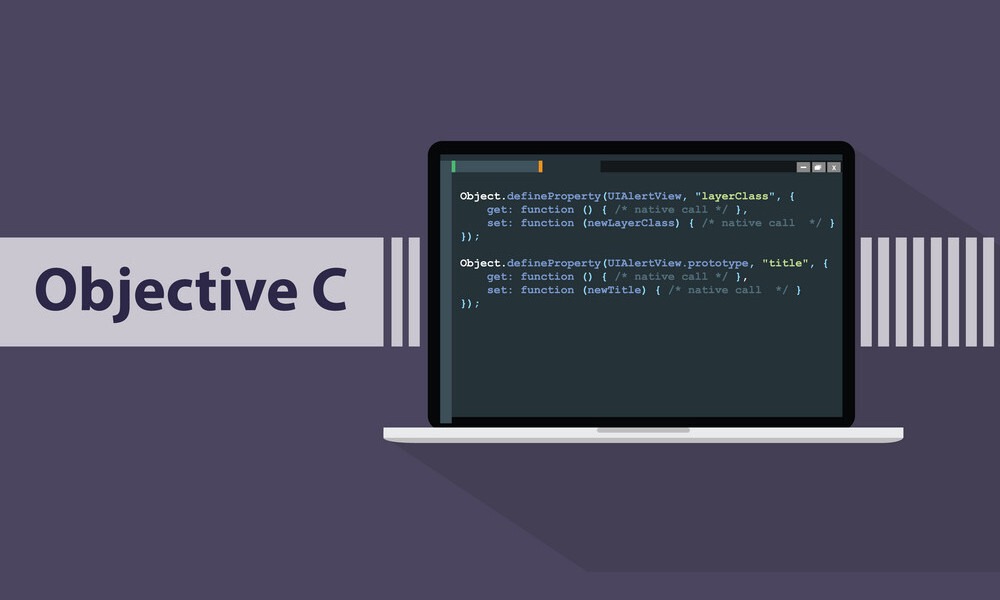
Pros:
- Support for earlier versions of iOS and macOS software;
- A huge number of open-source and paid libraries, comprehensive tutorials and documents that prove the reliability of codes;
- Dynamic typing that helps simplify codes and improve flexibility in using classes;
- Maturity and stability.
Cons:
- Steep learning curve due to its complicated syntax;
- Declining popularity;
- Limited features and functionality;
- Low security level compared to other lightweight and young languages like Swift;
- Slower development process;
- No more updates.
When to use Objective-C:
Although Objective-C is the oldest programming language used to develop iOS software in this list, it proves more outdated and seems slightly unsuitable in this contemporary era. Its latest version, 2.0, was released in 2006. However, the Stack Overflow survey indicated that there were still 2.8% Objective-C developers. Therefore, if you intend to build an iOS app on old versions that Swift or other programming languages don’t support, Objective-C will be a decent option.
4. C#
C# is a multi-paradigm, high-level programming language designed by Microsoft in 2000. It works closely with open-source technologies including the unified NET. platform (framework), Roslyn (compiler), and Visual Studio Code (code editor) to build cross-platform apps. Although it’s primarily applied for Windows-based app development, it can be used to build software for Linux and Mac thanks to the NET. platform. Despite being developed over two decades ago, C# is regularly updated with the latest version released in November 2021. So little wonder that it became the seventh most popular language in the world.
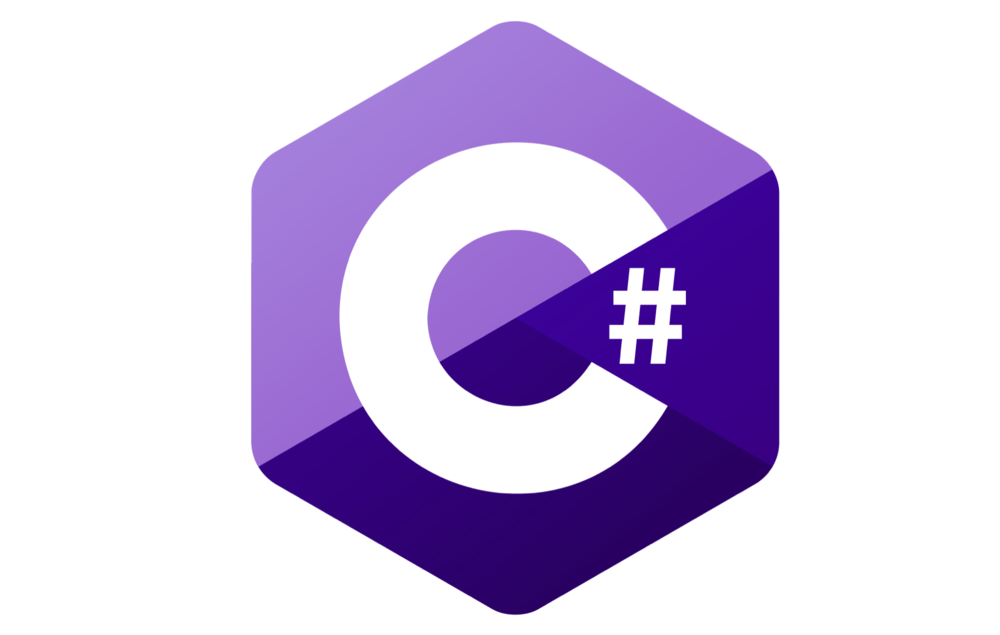
Pros:
- Have a built-in garbage collector to automatically monitor unused objects and manage memory, accordingly enhancing app performance;
- Allow cross-platform and full-stack app development;
- Function as a high-level language that enables developers to approach simpler syntax than lower-level ones and accompanies memory access capabilities;
- Use a Visual Studio as a standard IDE that offers developers an environment to code, test, debug and more;
- Enable C# developers to learn C-family languages with ease;
- Support static and dynamic typing;
- Offer extensive tutorials and documents;
- Have large community support.
Cons:
- Steep learning curve for newcomers;
- Heavy dependence on the NET. platform, hence the language will not work flexibly if this platform isn’t your key tech stack.
When to use C#:
As already said, C# is not easy to learn. So, if you involve no skilled C# developers in the development team and have no plan for development on older iOS versions, C# should not be taken into account.
5. Java
Java first appeared in 1995 under Oracle’s support but gains certain popularity among developers nowadays. The evidence is that Java’s latest version was updated in September 2021 and 35.35% of developers still worked on this language in 2021. Although Java is favored for Android web apps, it can be used for iOS app development due to its cross-platform functionality. Like C#, Java is also a general-purpose, high-level, and open-source language that allows developers to code once and let apps run across devices.
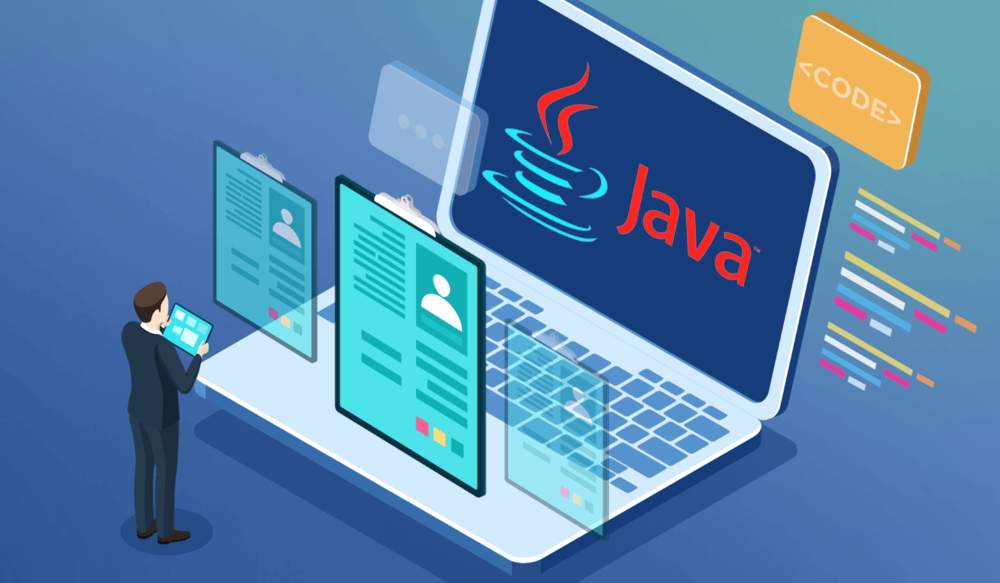
Pros:
- Function as an object-oriented language that allows programmers to reuse code, build better-organized software and simplify further maintenance;
- Accompany simple syntax;
- Offer some features to minimize common security issues;
- Support Java apps to operate on any platform that supports a JVM (Java Virtual Machine) without recompilation;
- Offer an automatic garbage collector that helps eliminate unused objects;
- Support both native and hybrid app development projects;
- Provide newcomers with a myriad of educational materials and tutorials;
- A massive ecosystem of frameworks and libraries;
- Regular updates.
Cons:
- Not so easy to learn for beginners;
- Complex code;
- Poor performance;
- Charges for commercial, business and production use as of 2019.
When to use Java:
Java isn’t an ideal programming language to only develop iOS applications. But it may be a tremendous option for cross-platform projects on both Android and iOS operating systems.
Conclusion
It’s not about which language you choose, it’s about how you use it. Make it beautiful as possible you can. Learn and practice it every day. Register the newsletter of the Designveloper Blog to get more knowledge, ideas, and tech news!
Related article:
The 7 Best Languages for App Development in 2022
Programming Language: What Top Tech Companies Are Using Now
What Is The Best Programming Language For Beginners?
The post 5 iOS App Development Language in 2022 and How to Choose the Best One for Your Project appeared first on Designveloper.
January 25, 2022 at 11:00AM











Very good article on iOS app development and react native app development
ReplyDelete